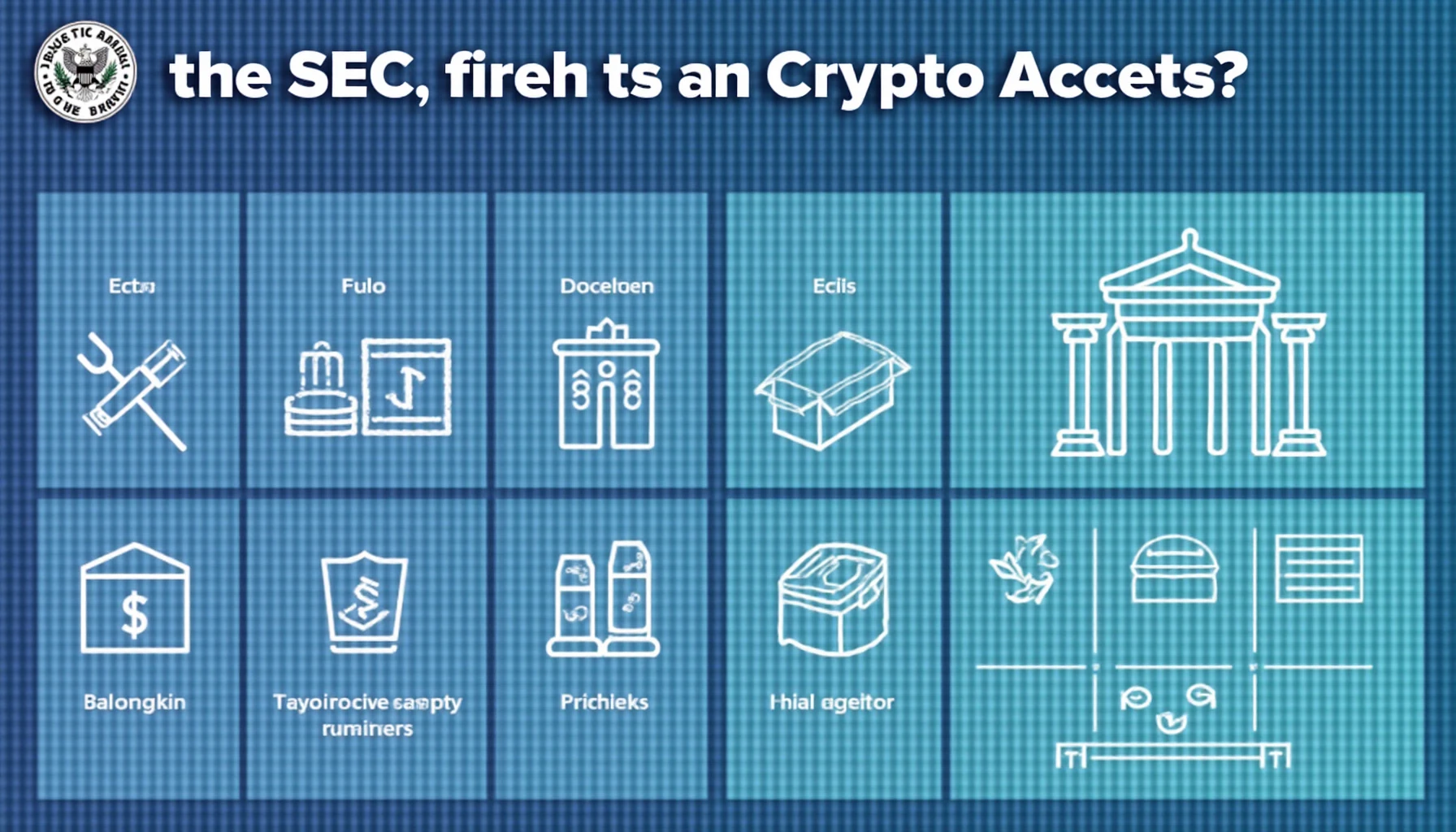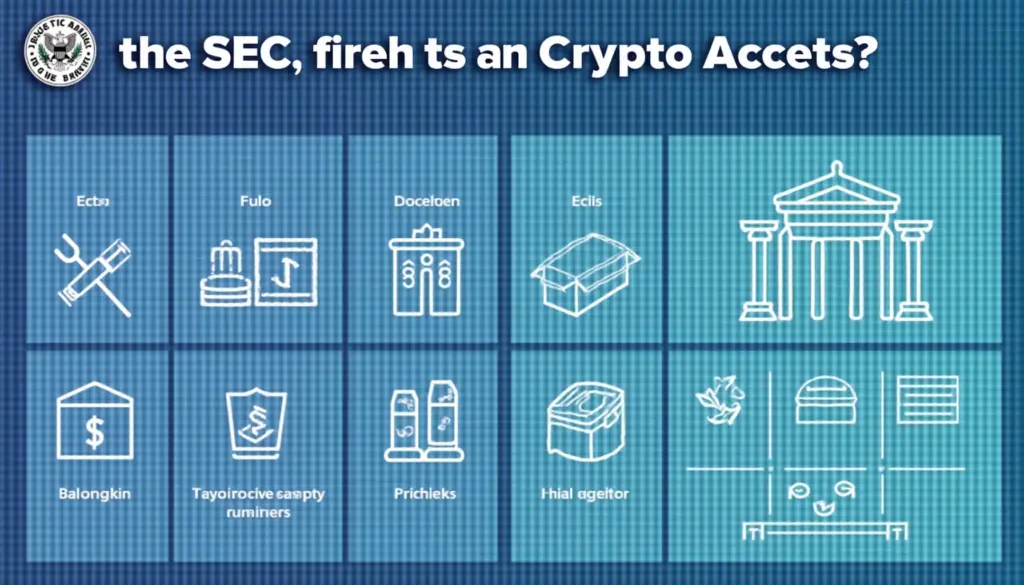How SEC Classifies Crypto Assets: A Comprehensive Guide
Introduction: Understanding SEC’s Role in Crypto Asset Classification
Did you know that less than 30% of crypto investors understand how regulatory bodies classify digital assets? The SEC plays a crucial role in determining whether cryptocurrencies are treated as securities, commodities, or something else entirely. With the current increase in the number of crypto assets, understanding these classifications is essential for anyone participating in the market.
What Are Crypto Assets According to the SEC?
The Securities and Exchange Commission (SEC) classifies crypto assets primarily based on the Howey Test. This legal test determines whether a certain asset is an investment contract and therefore a security. Here are key takeaways about SEC classifications:
- Securities: If a crypto asset represents an investment with the expectation of profits from the efforts of others, it is typically classified as a security.
- Commodities: The SEC has indicated that certain cryptocurrencies, like Bitcoin and Ethereum, may be classified as commodities.
- Utility Tokens: If an asset provides a utility or function but does not promise financial return, it may not fall under SEC jurisdiction.
Why Does Classification Matter?
The classification of crypto assets has major implications for investors and developers. Understanding these implications can help you navigate the risks associated with digital currency investments. Here’s how classification affects you:

- Regulatory Compliance: Knowing whether your investment is a security helps you understand potential registration requirements.
- Market Implications: Different classifications result in varied market dynamics; for instance, security offerings usually require thorough disclosures, creating transparency.
- Legal Protections: Investors in securities have certain legal protections that may not apply to other asset types.
Examples of SEC Actions on Crypto Classifications
The SEC has taken significant actions in enforcing regulations on crypto assets. Here are some principal actions:
- Enforcement Actions: The SEC has filed lawsuits against ICOs that failed to comply with securities laws, highlighting the enforcement of their classification criteria.
- Guidance Publications: The SEC regularly publishes guidelines that clarify how specific assets are treated under U.S. law, such as the recent Framework for “Investment Contract” Analysis of Digital Assets.
- Industry Consultations: The SEC engages with industry stakeholders to gather insights on emerging assets and technologies, ensuring that regulations stay relevant.
Future of Crypto Regulation
As the landscape of digital currencies continues to evolve, so too will the SEC’s approach to regulation. Here are some potential areas of focus moving forward:
- Stablecoins: The SEC may take a more active role in regulating stablecoins as they gain prominence in the market.
- DeFi Projects: Decentralized finance (DeFi) projects could face increased scrutiny as the SEC seeks to apply existing securities laws in innovative ways.
- Global Collaboration: The SEC may collaborate with international regulatory bodies to create a unified framework for crypto asset classification.
Conclusion: Equip Yourself for the Future
Understanding how the SEC classifies crypto assets is essential for anyone interested in this dynamic market. This knowledge empowers you to make informed investment choices while navigating potential regulatory challenges. Stay updated with the latest SEC guidelines and consider consulting with regulatory experts to ensure compliance. For further insights and resources, visit cryptonewssources.




